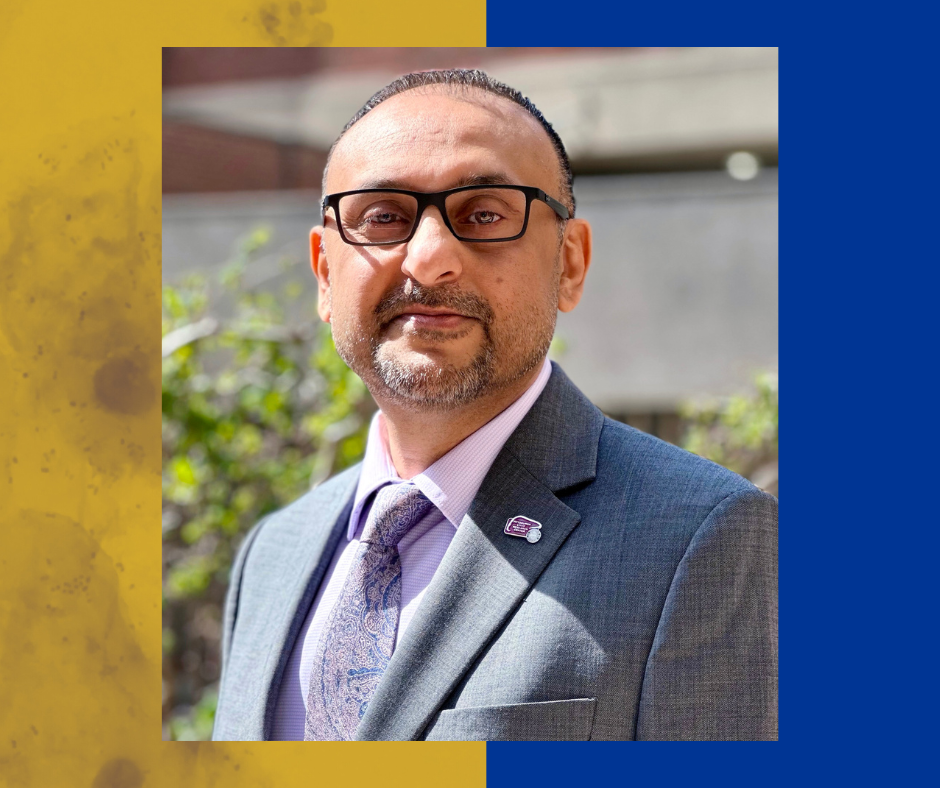
By Ana Gorelova
Satdarshan (Paul) Singh Monga, SVC Professor of Pathobiology and Therapeutics, professor of pathology and of medicine, University of Pittsburgh School of Medicine, has a personal connection to liver cancer, a disease that he spent his whole career studying. His father’s liver disease diagnosis sparked Monga’s interest in liver regeneration, the yin to the cancer’s yang.
This interest drove Monga, who also directs the Pittsburgh Liver Research Center, to become a physician-scientist and shift his focus from exclusively caring for patients to dedicating his time to translational research at the lab bench.
Since the late 1990s, Monga’s research has focused on a molecular pathway called Wnt/β-catenin signaling, which is often hyperactive in liver cancer. Time and time again, Monga found that dampening this process could stop liver cancer cells from growing and spreading—both in Petri dishes and in mice.
By genetically engineering mice that not only had mutations in the β-catenin gene but also had mutations in other genes that control cell growth, Monga and his colleagues were able to induce tumors that closely resemble human disease, which is often associated with several simultaneous genetic changes.
Now, Monga is focused on translating his lab findings to patient care. Through the Pittsburgh Liver Research Center, a joint venture between Pitt and UPMC, and the Organ Pathobiology and Therapeutics Institute (formerly Drug Discovery Institute) with a mission to bring cutting-edge therapies from a lab bench to the patient’s bedside, Monga is seeing his vision come to life.
His collaborator Anwaar Saeed, associate professor of medicine and director of the GI Disease Center at UPMC Hillman Cancer Center, recently launched two clinical trials that will bring treatment strategies pioneered by Monga to patients affected by liver cancer.
“I’m a physician by training, but my heart has always been in basic research,” Monga said. “After years of work, seeing our science reach patients is as good as it gets. We’re not at the finish line yet, but every step forward is a victory—for the science and, more importantly, for patients.”
The first trial, recently launched at UPMC Hillman Cancer Center in partnership with Alnylam Pharmaceuticals, will determine whether targeting β-catenin could reduce disease burden in patients with advanced stage liver cancer who have mutations in the β-catenin gene. This trial, which began recruiting patients a few months ago, tests a combination therapy of checkpoint inhibitor drugs, a highly effective approach that revolutionized cancer care in the 2010s, with genetically silencing β-catenin in liver cancer patients carrying β-catenin gene mutations.
Preclinical research in mice, which Monga published recently in Nature Communications, shows promise. Mouse liver tumor analyses revealed that this combination approach could restore liver cell function and tissue organization, which gets disrupted in cancer, and activate a cancer-killing immune response.
The second trial, which just began recruiting patients, is based on another study the team published in Cell Metabolism, which showed that metastatic liver cancer cells harboring mutations in the b-catenin gene are dependent on a pathway that is known to fuel cancer cells.
Monga and Saeed hope that the combination approach could convert nonresponders into responders, buying patients months of productive life.
“As a physician-scientist and an oncologist, having a hands-on impact on transforming care for oncology patients has been a great privilege,” said Saeed. “If these trials are successful, they will open doors for the first precision medicine-based liver cancer treatment. That would be a historic victory.”
